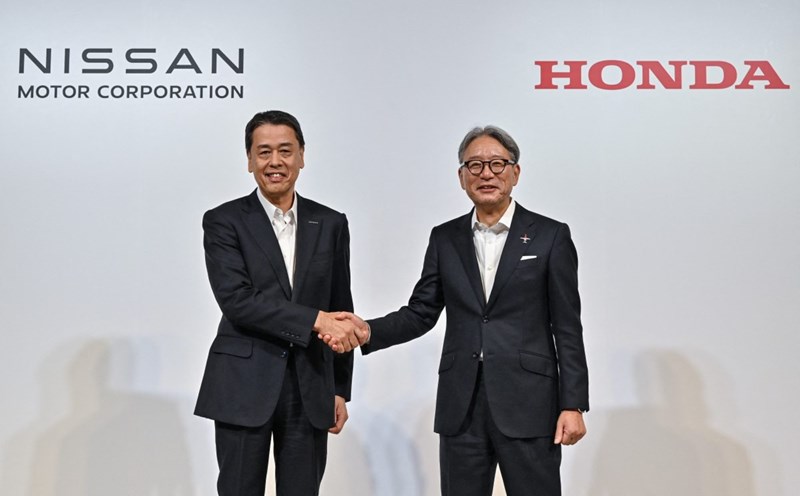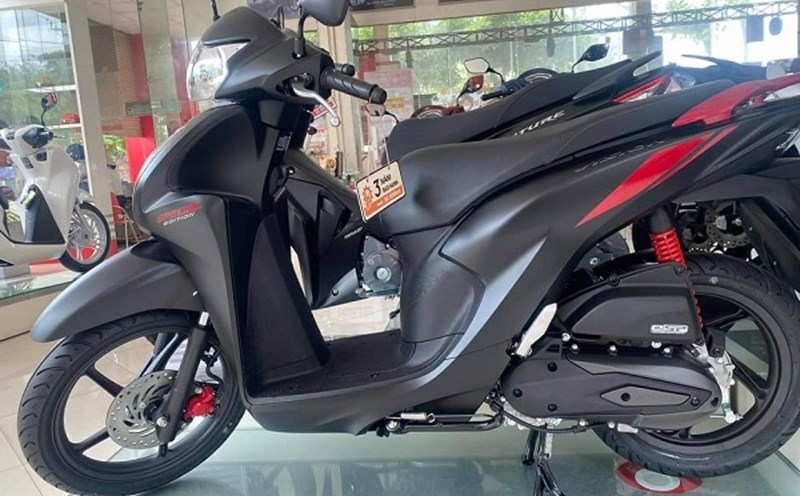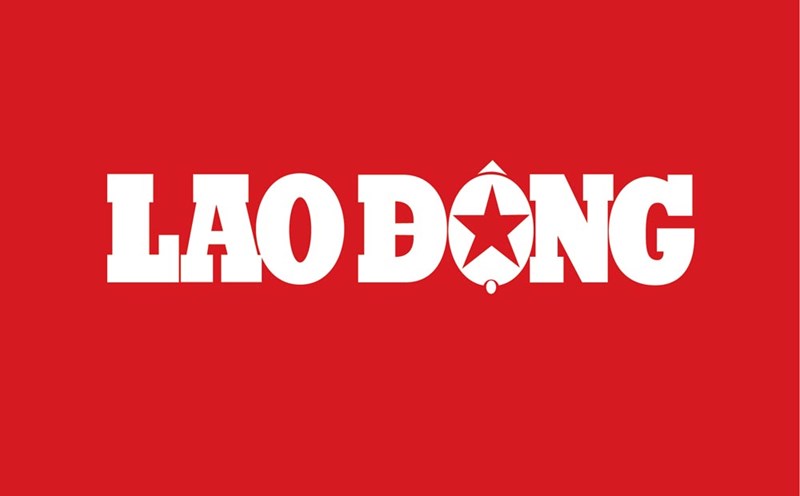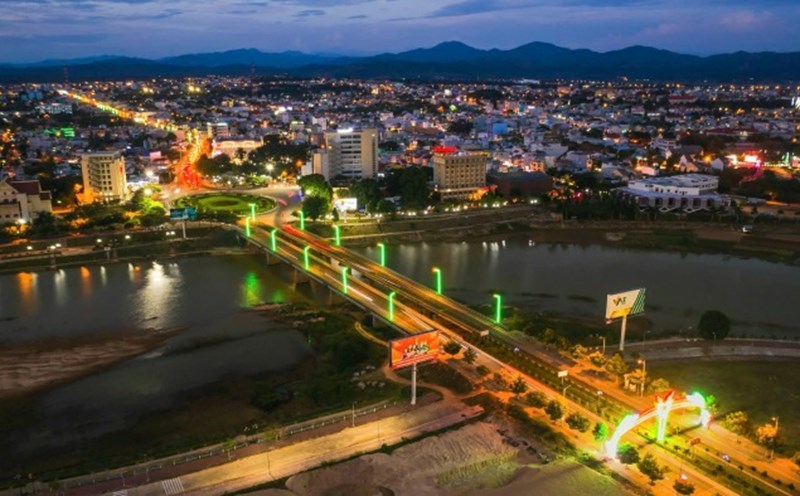It is known that Honda's new factory will take advantage of the infrastructure from the old engine factory in Moka (Japan). This is Honda's first factory dedicated to the production of hydrogen fuel systems.
The factory is expected to be operational from March 2028, equipped with modern production equipment, ensuring high efficiency and optimal product quality. Estimated output is 30,000 systems/year.
Honda also said that the project is supported by the Japanese government through the Green Transformation program, aiming to achieve carbon neutrality by 2050.
Accordingly, the factory will serve 4 main areas that Honda identifies as potential for hydrogen fuel technology, including pure electric passenger cars using fuel cells (FCEV), commercial vehicles, stationary power stations and construction machinery.
Japan's largest automaker aims to capture a 5% share of the hydrogen-powered truck market by 2030 and aims to increase this figure to 30% by 2040.
On the other hand, since the beginning of 2024, Honda and General Motors (GM) have cooperated to produce hydrogen fuel cells at a factory in Michigan (USA).
One of the first products of this joint venture is the hydrogen-powered Honda CR-V model. Honda's partnership with GM also helps reduce the cost of producing a hydrogen fuel system by one-third compared to the type used on the 2019 Honda Clarity Fuel Cell model.
Analysts say that the above moves show that although battery-powered electric vehicles are dominating the market, Honda still believes in the potential of hydrogen fuel technology. In particular, in areas that require large travel distances and quick fuel relocation times such as long-distance transportation and industry.
In addition, developing a network of hydrogen fuel stations for private vehicles is still challenging, but for the heavy transport industry, this technology can bring about a big change similar to what diesel did.











